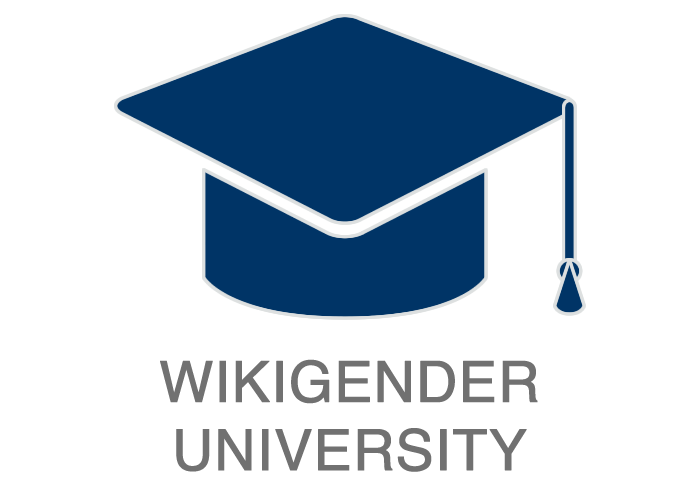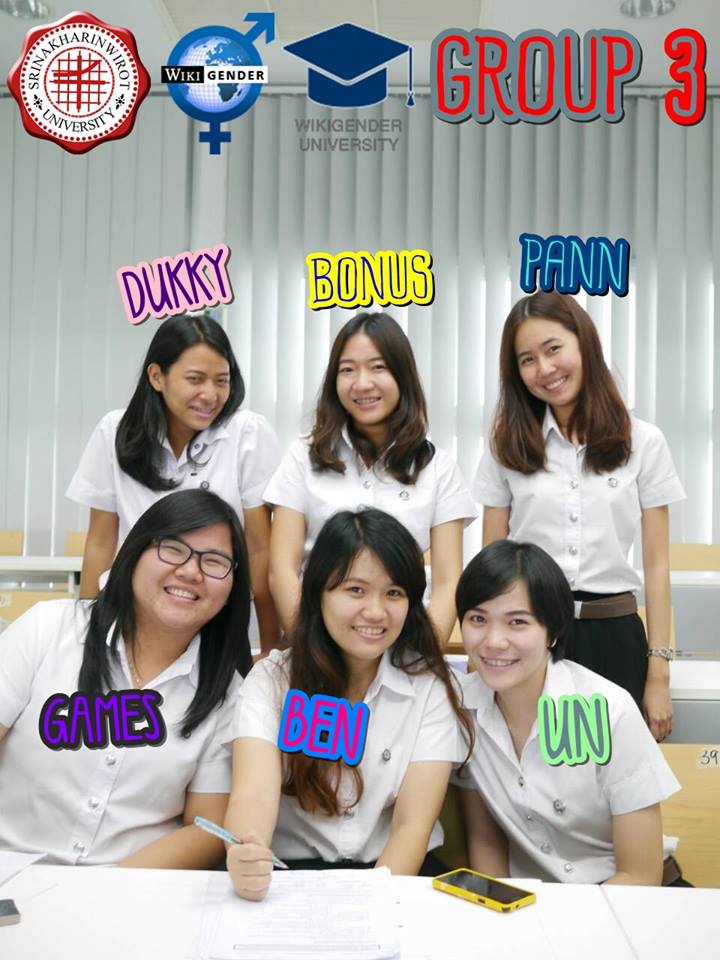Educational Opportunities for Girls in South-East Asia
Revision for “Educational Opportunities for Girls in South-East Asia” created on January 21, 2016 @ 09:38:13
|
Educational Opportunities for Girls in South-East Asia
|
|
<p>
 </p>
</p><div id="toc"><h2>Table of Contents</h2> <ul> <li class="toclevel-1"><a href="#w_introduction-to-the-region-ltrefgtsoutheast-asia-httpwww-seameo-orgvllibrarydlwe-india04-htm-ltrefgt"><span class="tocnumber">1</span> <span class="toctext">Introduction to the region <ref>Southeast Asia http://www.seameo.org/vl/library/dlwe…/india04.htm.</ref></span></a></li> <li class="toclevel-1"><a href="#w_gender-gaps-in-educationltrefgt-problem-of-equity-in-educationhttpwww-seameo-orgvllibrarydlwe-india04-htm-ltrefgt"><span class="tocnumber">2</span> <span class="toctext">Gender Gaps in Education<ref> Problem of Equity in Educationhttp://www.seameo.org/vl/library/dlwe…/india04.htm.</ref></span></a></li> <li class="toclevel-1"><a href="#w_quality-education-ltrefgt-problem-of-equity-in-educationhttpwww-seameo-orgvllibrarydlwe-india04-htm-ltrefgt"><span class="tocnumber">3</span> <span class="toctext">Quality Education <ref> Problem of Equity in Educationhttp://www.seameo.org/vl/library/dlwe…/india04.htm.</ref></span></a></li> <li class="toclevel-1"><a href="#w_references"><span class="tocnumber">4</span> <span class="toctext">References</span></a></li> <li class="toclevel-1"><a href="#w_group3"><span class="tocnumber">5</span> <span class="toctext">Group3</span></a></li> </ul> </div><h2 id="w_introduction-to-the-region-ltrefgtsoutheast-asia-httpwww-seameo-orgvllibrarydlwe-india04-htm-ltrefgt">Introduction to the region <ref>Southeast Asia <a href="http://www.seameo.org/vl/library/dlwelcome/publications/paper/india04.htm" alt="">http://www.seameo.org/vl/library/dlwe…/india04.htm</a>.</ref></h2> <p>South-East Asia is a region covering 4,875,068 square kilometres, which consists of 3,209,506 square kilometres of land and 1,665,562 square kilometres of water. The region has ten member countries including Brunei Darussalam, Cambodia, Indonesia, Lao PDR, Malaysia, Myanmar, Philippines, Singapore, Thailand and Vietnam. The combined total population is around 540 million people. Populations are not evenly dispersed between countries. The world’s fourth most populous country, Indonesia, is located in the region with 238 million people, while Brunei Darussalam has a population of just 365,251. Population is not the only factor that makes countries in the region different; their geography, culture and level of socio-economic development also vary considerably (The World Fact Book, 2004). </p> <h2 id="w_gender-gaps-in-educationltrefgt-problem-of-equity-in-educationhttpwww-seameo-orgvllibrarydlwe-india04-htm-ltrefgt">Gender Gaps in Education<ref> Problem of Equity in Education<a href="http://www.seameo.org/vl/library/dlwelcome/publications/paper/india04.htm" alt="">http://www.seameo.org/vl/library/dlwe…/india04.htm</a>.</ref></h2> <p>There are educational inequalities in the region which are influenced by geographical location, gender and socio-economic conditions that determine whether access to private or state-run educational institutions is available. <br /><br /> The following factors contribute to inequality of education and learning opportunity:<br /> </p> <ul><li> Lack of available school buildings and classrooms with all required facilities.<br /> </li><li> Shortage of teachers, especially in remote areas: This is one of the reasons that in countries like Thailand and Indonesia there are multi-grade teachers where one teacher teaches more than one grade of primary school.<br /> </li><li> Uneven spread of population, which also creates serious disparities in educational opportunity, especially, for example, in a big country like "Gender .<br /> </li><li> Lack of good textbooks and other learning materials. Due to financial and geographical reasons, this problem can easily be found in remote schools.<br /> </li><li> Geographical location.<br /> </li><li> Students’ and parents’ low appreciation towards education.<br /> </li><li> Level of socio-economic condition of the family.<br /> </li><li> Lack of budget for building more schools, classrooms, learning facilities.<br /> </li></ul> <p><b>Regional examples</b> <br /> </p><p>In <b> "Gender </b> educational disparities can be observed across urban and rural locations, between the western and eastern parts of the country; and among groups of people with varying income and gender. (Muhaimin, 2001) <br /><br /> In <b> "Gender </b> the rate of female enrollment compared to male enrollment in upper secondary schools is significantly lower; ethnic minority school girls are the most disadvantaged participants at this level of education. Just four percent, or 37,689, of the total number of disabled children are in either special or integrated education. (Information Management Centre, MOET) <br /><br /> In <b> "Gender </b> gaps in educational achievements are the main focus of programmes undertaken by the Minister of Education. The programmes such as for English, Science, Mathematics and ICT all emphasise the need to bridge gaps between urban and rural children.<br /><br /> </p> <h2 id="w_quality-education-ltrefgt-problem-of-equity-in-educationhttpwww-seameo-orgvllibrarydlwe-india04-htm-ltrefgt">Quality Education <ref> Problem of Equity in Education<a href="http://www.seameo.org/vl/library/dlwelcome/publications/paper/india04.htm" alt="">http://www.seameo.org/vl/library/dlwe…/india04.htm</a>.</ref></h2> <p>Quality in education must be considered holistically. It cannot be determined from the output or student’s learning achievements alone, but must be accompanied by additional components. </p><p>The Dakar’s Framework of Action suggests the definition of quality should be no longer focused solely on teaching learning and the classroom, but instead it should require: <br /><br /> </p> <ul><li> Healthy, well nourished and motivated students<br /> </li><li> Well motivated and professionally competent teacher<br /> </li><li> Active learning techniques<br /> </li><li> A relevant curriculum<br /> </li><li> Adequate, environmentally friendly and easily accessible facilities<br /> </li><li> Healthy, safe and protective learning environments<br /> </li><li> A clear definition and accurate assessment of learning outcomes, including knowledge, skills, attitude and values<br /> </li><li> Participatory governance and management<br /> </li><li> Respect for and engagement with local communities and cultures. (World Education Forum Drafting Committee, 2000). </li></ul> <p><br /><br /> To achieve this framework the required first step is to ensure that basic needs are satisfied. If students are unhealthy or malnourished their attention and motivation will deteriorate. Students in South-East Asia will remain unable to achieve a quality education if their basic needs are not met. The significant number of people living below the poverty line in the region requires genuine action to improve the quality of education. <br /><br /> </p> <h2 id="w_references">References</h2> <p><references/> </p> <h2 id="w_group3">Group3</h2> <p>ECS 485 B01Current economic problems and issues<br /> The members of Group 3 are: </p><p><br />  <br />
<br /><br /> 1.Ms.Pratinthip Inkhai(DUKKY)<br /> 2.Ms.Panumart Lakthan(BONUS)<br /> 3.Ms.Thanchanog Satient(PANN)<br /> 4.Ms.Thananan Laohasinnarong(GAMES)<br /> 5.Ms.Benyaporn Punto(BEN)<br /> 6.Ms.Pattranit Sukumal(UN)<br /> <br /> </p><p> </p> |


